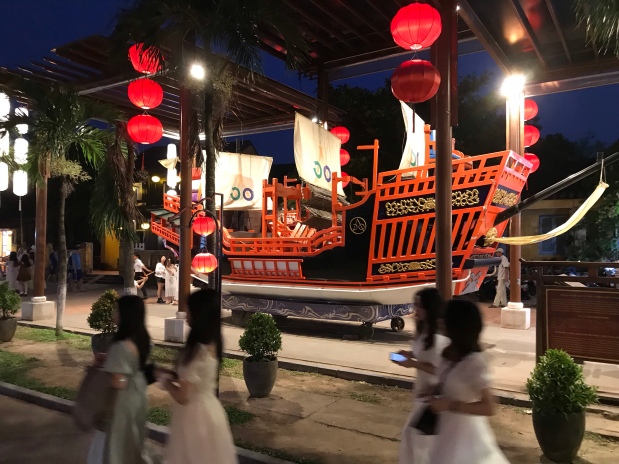Creating a solitaire bot system for wargaming involves a combination of AI-driven decision-making and game simulation. Here’s a high-level overview of how you might approach building a solitaire bot system for a wargame:
1. Game Rules and Mechanics Understanding
- Define the Game: Clearly outline the wargame rules, objectives, units, terrain, and possible actions. This forms the basis of the simulation.
- Simulation Engine: Develop or use an existing game engine capable of handling the game mechanics, turn sequences, and outcomes based on player and bot actions.
2. AI Bot Development
- Decision Algorithms: Implement algorithms that allow the bot to make strategic and tactical decisions. This can include pathfinding, threat assessment, and resource management.
- Machine Learning Integration: Optionally, integrate machine learning models trained on game scenarios to improve decision-making. Reinforcement learning could be particularly useful here, allowing the bot to learn from each game played.
3. User Interface
- Interactive Interface: Design a user-friendly interface that allows players to input their moves, see the game state, and interact with the game seamlessly.
- Feedback System: Provide visual and textual feedback on the bot’s moves and game events to keep the player informed.
4. Testing and Iteration
- Playtesting: Conduct extensive playtesting with the bot to ensure it challenges players while still being fun. Adjust difficulty settings and AI behavior based on feedback.
- Iterative Improvement: Continuously refine the AI algorithms and game mechanics based on testing outcomes and player feedback.
5. Deployment and Support
- Deployment: Launch the bot as a standalone application or web-based platform, ensuring it is accessible to the intended audience.
- Ongoing Support: Provide updates and patches to address bugs, improve AI performance, and possibly introduce new scenarios or features.
Technical Stack Suggestion
- Programming Languages: Python for AI components and C# if using Unity for the game engine.
- AI Tools: TensorFlow or PyTorch for machine learning, and specific pathfinding libraries for tactical movements.
- Interface: Unity or Unreal Engine for graphical output and game interaction; HTML5 and JavaScript if deploying as a web application.
Additional Considerations
- Scalability: Ensure the system can handle varying levels of complexity and numbers of units.
- Customization: Allow players to customize scenarios or AI behavior to tailor the challenge or explore different strategic outcomes.
Implementing this system requires a multidisciplinary approach, combining skills in software development, AI and machine learning, game design, and user interface design. If you’re starting from scratch, you might consider forming a team that includes expertise in these areas to develop a robust solitaire wargame bot.
Doug Reisdorf




















